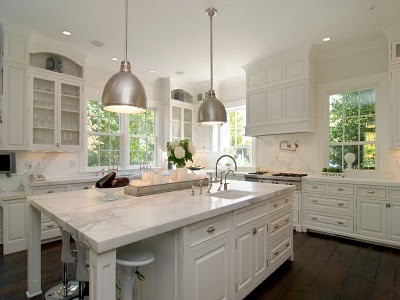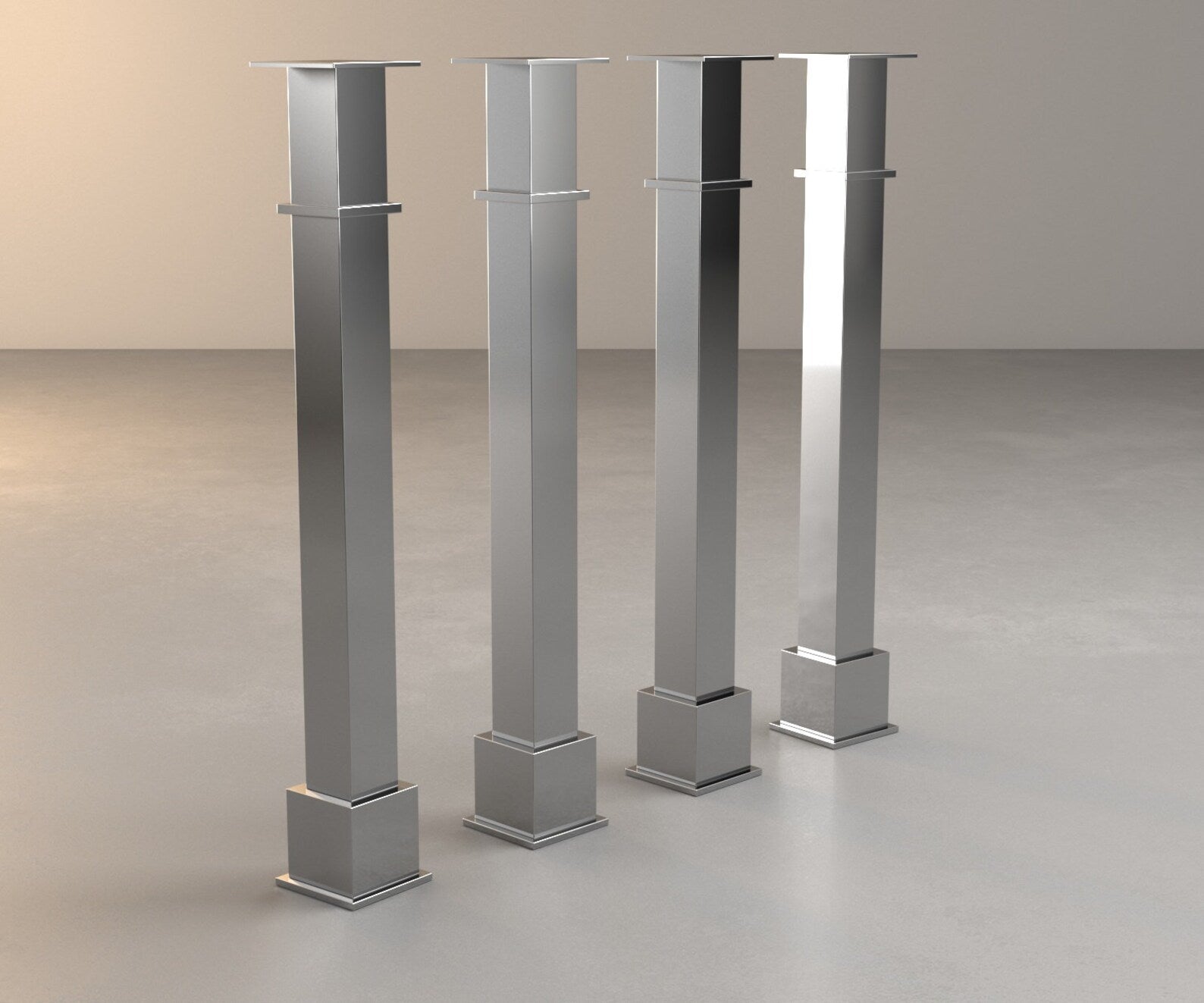Discover Modern and Classic Styles in Legs For Kitchen Island Tasks
Discover Modern and Classic Styles in Legs For Kitchen Island Tasks
Blog Article
An Overview to Selecting the Perfect Legs For Kitchen Area Island for Your Home
Selecting the ideal legs for your cooking area island is a nuanced choice that influences both the capability and visual appeal of this main space. Factors such as elevation, materials, and design play an important function in integrating your island with the overall kitchen area design. In addition, comprehending the significance of stability and upkeep can considerably affect your option. As you consider these components, it becomes noticeable that the best legs can change not only the appearance of your kitchen however also its functionality for years to find. What details functions should you focus on in this selection process?

Recognizing Cooking Area Island Legs
When selecting legs for a kitchen area island, it's vital to comprehend their useful and aesthetic functions in the overall layout. The legs function as a critical support group, making certain stability and durability for the island, which usually works as a work space, dining area, or collecting spot. The option of product and building and construction technique need to be durable adequate to withstand daily use and possible wear.
Along with their architectural obligations, legs add dramatically to the island's visual appeal. They can improve the kitchen area's design, whether via typical, contemporary, or eclectic designs. The height and proportion of the legs are also vital considerations; they need to integrate with the island's kitchen counter height while guaranteeing comfortable seating for those utilizing the area.
Additionally, the leg style can affect the general flow of the kitchen. Open, airy leg styles can develop a feeling of lightness, while solid, substantial legs may share an extra based and steady aesthetic - Legs For Kitchen Island. Understanding these functional and visual aspects will lead home owners in making educated options that complement their kitchen's design and boost its use
Popular Styles and Materials
The selection of legs for a kitchen island incorporates a variety of prominent styles and products, each offering special qualities that can enhance both capability and appearances. Among the most desired styles are modern, rustic, and standard. Contemporary legs frequently include smooth, minimal styles that stress simpleness and tidy lines, making them excellent for contemporary kitchens. Rustic styles, on the various other hand, embrace natural environments and usually showcase redeemed wood or troubled finishes, including warmth and beauty to the area. Traditional legs normally exhibit elaborate information and craftsmanship, boosting timeless kitchen layouts.

Elevation and Security Considerations

The legs of the kitchen island must provide appropriate support, making sure that the framework can endure day-to-day use without tottering or changing. Product choice plays a substantial role in stability; steel legs, for instance, have a tendency to supply greater stamina contrasted to timber.
Matching Your Kitchen Visual
Picking the right legs for your kitchen area island exceeds functionality; it likewise plays a considerable role in the total visual of the area. When picking legs, take into consideration the layout style of your kitchen area. For a modern look, streamlined steel or minimal layouts can create a clean, modern vibe. On the various other hand, conventional or rustic kitchen areas frequently profit from wood legs with detailed describing or a distressed finish, enhancing warmth and character.
Legs that match or contrast with your island's surface area and bordering cabinets can create aesthetic harmony or striking focal points. In addition, think about the finish of the legs; matte, shiny, or distinctive coatings can substantially impact the total feel of the kitchen.
Installment and Maintenance Tips
Installing their website cooking area island legs requires mindful interest to information to make sure both stability and visual appeal. Begin by picking an appropriate location for your island, guaranteeing it is degree and has adequate space for motion. Use a stud finder to situate wall studs if you are affixing the legs to a wall or making use of brackets for included support. Mark the placement of the legs properly before boring.
When safeguarding the legs, use high-quality screws and, if necessary, timber adhesive for extra stamina. For steel legs, ensure that you are utilizing proper supports and devices to protect against damage to your floor covering. It is advisable to look for levelness after setup, making changes as needed to stay clear of wobbling.
Upkeep is just as vital for durability - Legs For Kitchen Island. Consistently inspect the legs for any type of indicators of wear or helping to loosen, specifically in high-traffic locations. Clean the legs with an ideal cleaner, avoiding unpleasant materials that may damage the surface. For wood legs, take into consideration using a timber conditioner periodically to maintain their surface. By following these setup and upkeep tips, you can make certain that your cooking area island legs continue to be both visually appealing go to my blog and practical.
Verdict
In final thought, picking the proper legs for a kitchen area island necessitates mindful factor to consider of elevation, security, and aesthetic compatibility. website here By selecting appropriate products and styles that line up with the overall kitchen design, capability can be improved while maintaining visual appeal. Proper setup and recurring upkeep better add to the resilience and longevity of the kitchen island. Inevitably, thoughtful leg option plays a critical duty in raising both the usefulness and layout of the kitchen area space.
When picking legs for a kitchen area island, it's essential to comprehend their useful and visual duties in the total style. Open, airy leg designs can create a sense of agility, while solid, significant legs might share a more based and secure aesthetic. The legs of the kitchen island should supply ample support, guaranteeing that the framework can stand up to day-to-day use without shifting or tottering.Setting up cooking area island legs requires cautious focus to detail to ensure both stability and visual appeal.In verdict, picking the proper legs for a kitchen island necessitates cautious consideration of elevation, security, and visual compatibility.
Report this page